Ramshorn snails have been popular since the beginning of aquaristics (around 1850), as they consume algae and eat leftovers, but usually leave the plants alone. In addition, as lung breathers, they are not additional oxygen consumers. In the past, it was natural to have the native species Planorbarius corneus in the tank, which coped very well with the conditions at the time. It should not be forgotten that even living rooms in the late 19th and early 20th century were only heated when necessary and the aquariums of our ancestors were correspondingly cool. The native ramshorn snail does not like consistently high water temperatures, especially not in regularly heated tanks. They don’t last long there. It has therefore been gradually replaced by a Californian in our days, without most aquarists being aware of it. They just have ramshorn horn snails. They don’t care about the species.
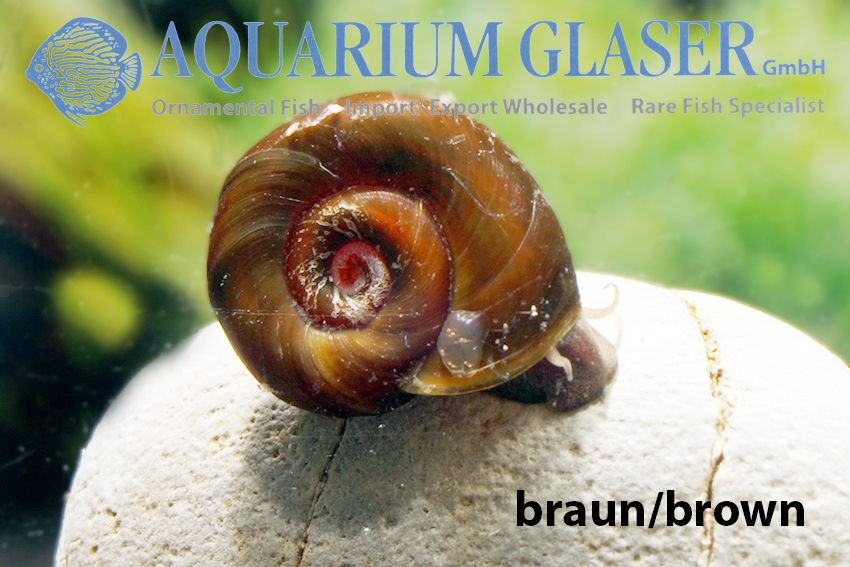
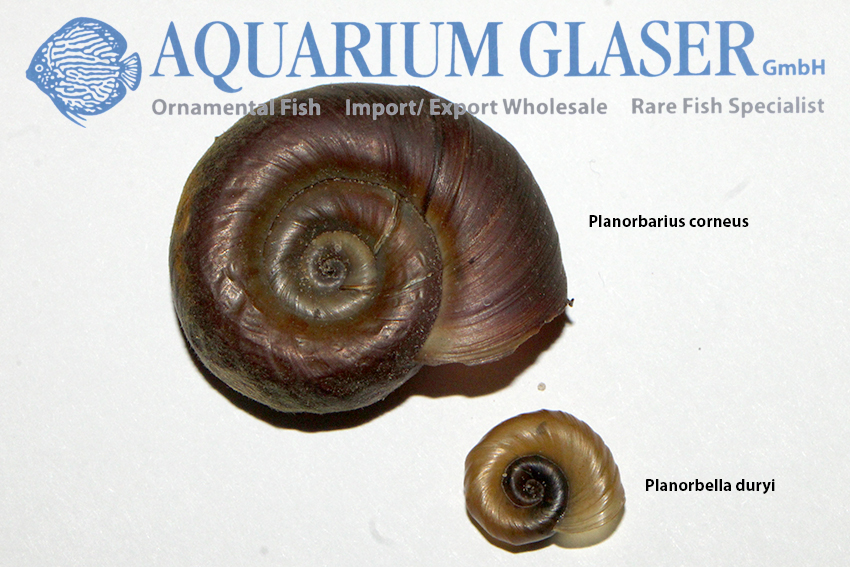
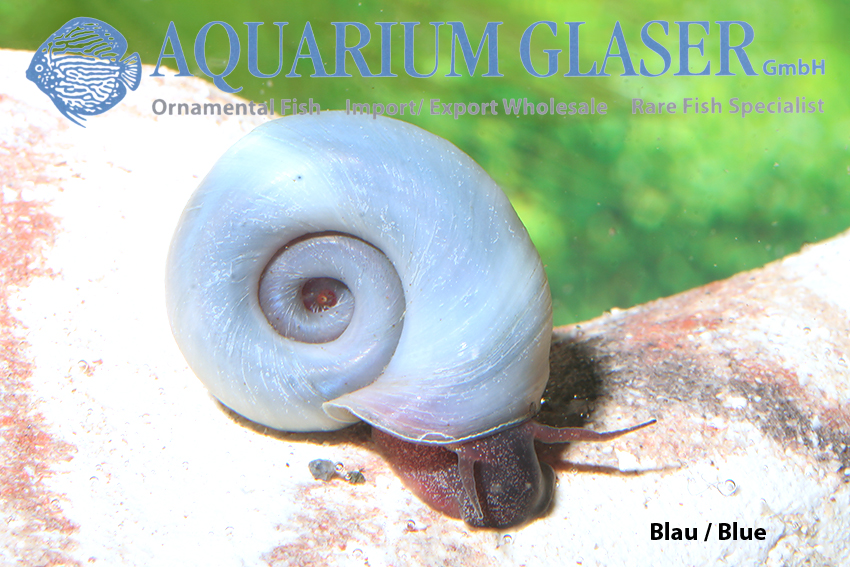
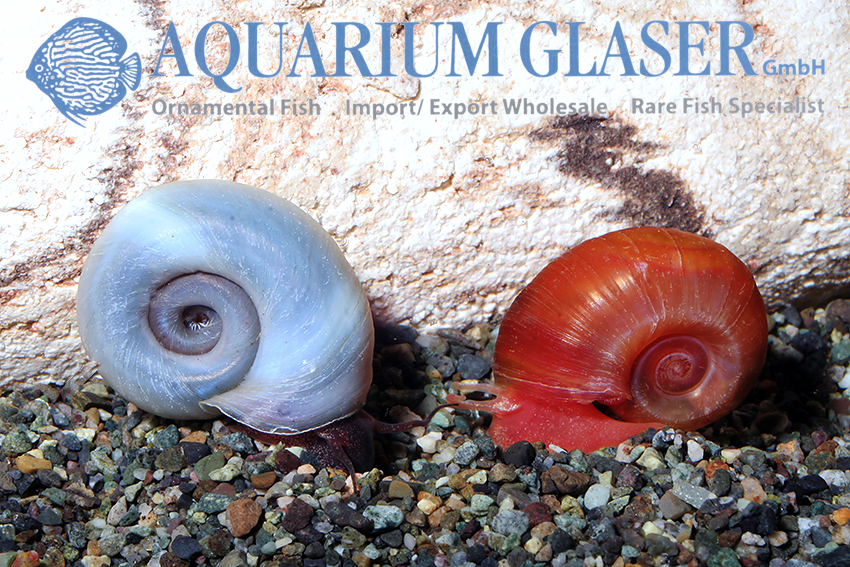
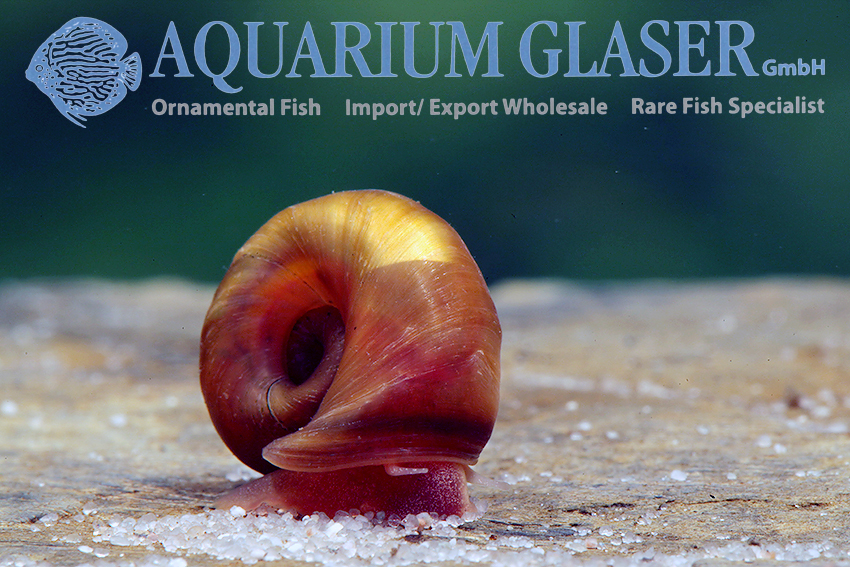
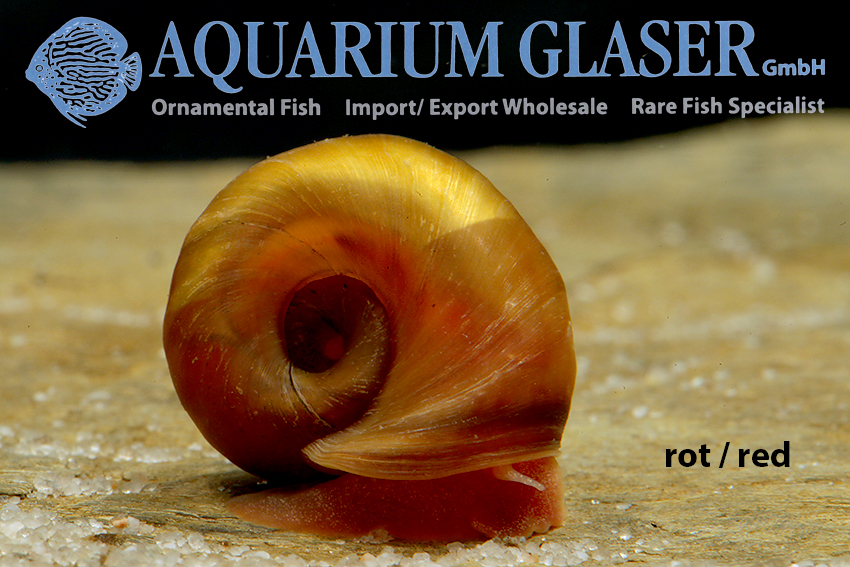
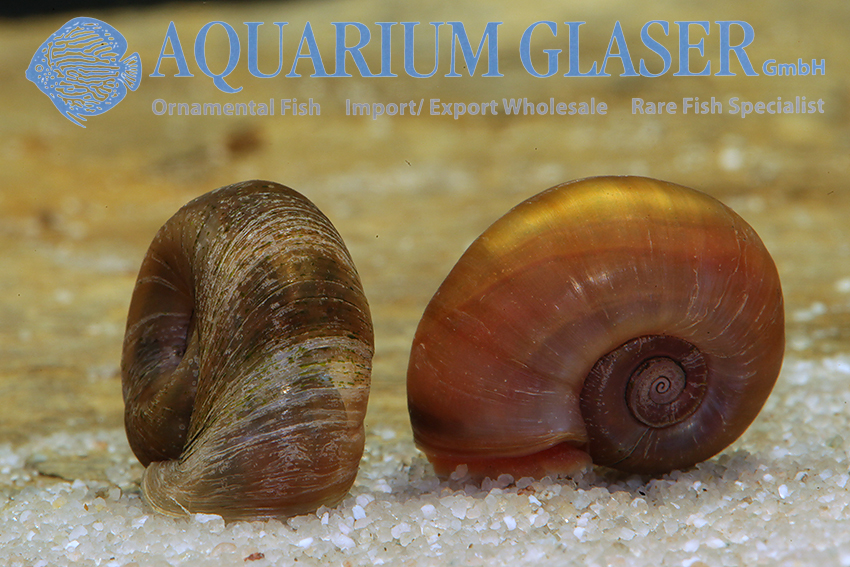
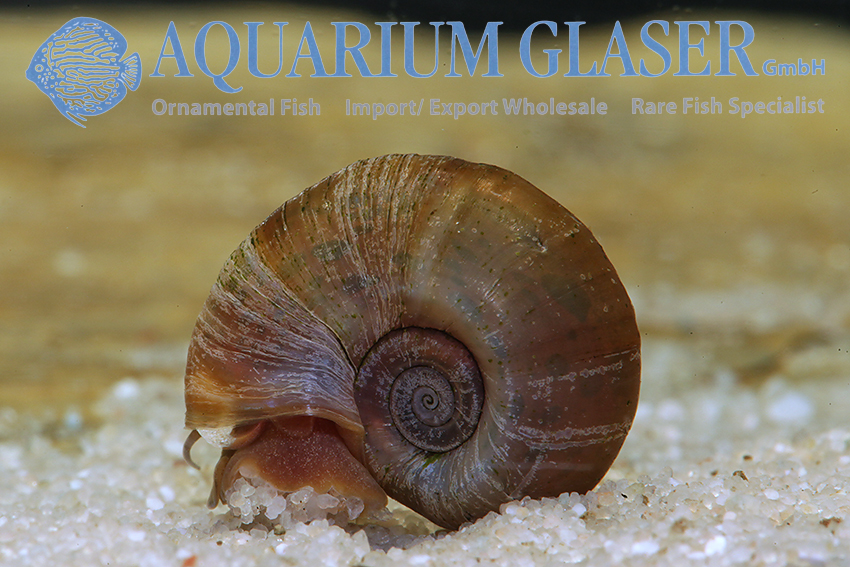
In the vast majority of cases, the Californian ramshorn snail (Planorbella duryi) is found in the aquarium. They are hermaphrodites that can fertilize themselves if necessary, so anyone who acquires an animal already has a breeding pair. Reproduction takes place by laying eggs. The clutches are a transparent disk that can be attached to all kinds of objects. A clutch contains up to 15 eggs, which take around 10-12 days to hatch. The duration of development depends on the temperature and is somewhat shorter at temperatures above 25°C and somewhat longer at cooler temperatures. Planorbella duryi is a thermophilic species that only occurs here and there in artificially warmed waters. However, you should never release any aquarium snails! The Californian species differs from the native species Planorbarius corneus mainly in its small size. If you have lively reproducing ramshorn snails at home and they never get significantly larger than 1 cm in shell diameter, then it is most likely Planorbella duryi. P. duryi is bred in red, blue and brown ( = wild colors).
For our customers: blue post horn snails have code 486512, red 486522 and brown 486531 on our stock list. Please note that we only supply the wholesale trade.
Text & photos: Frank Schäfer




